Military
This North African Nation Leads the Continent in Attack Helicopter Power
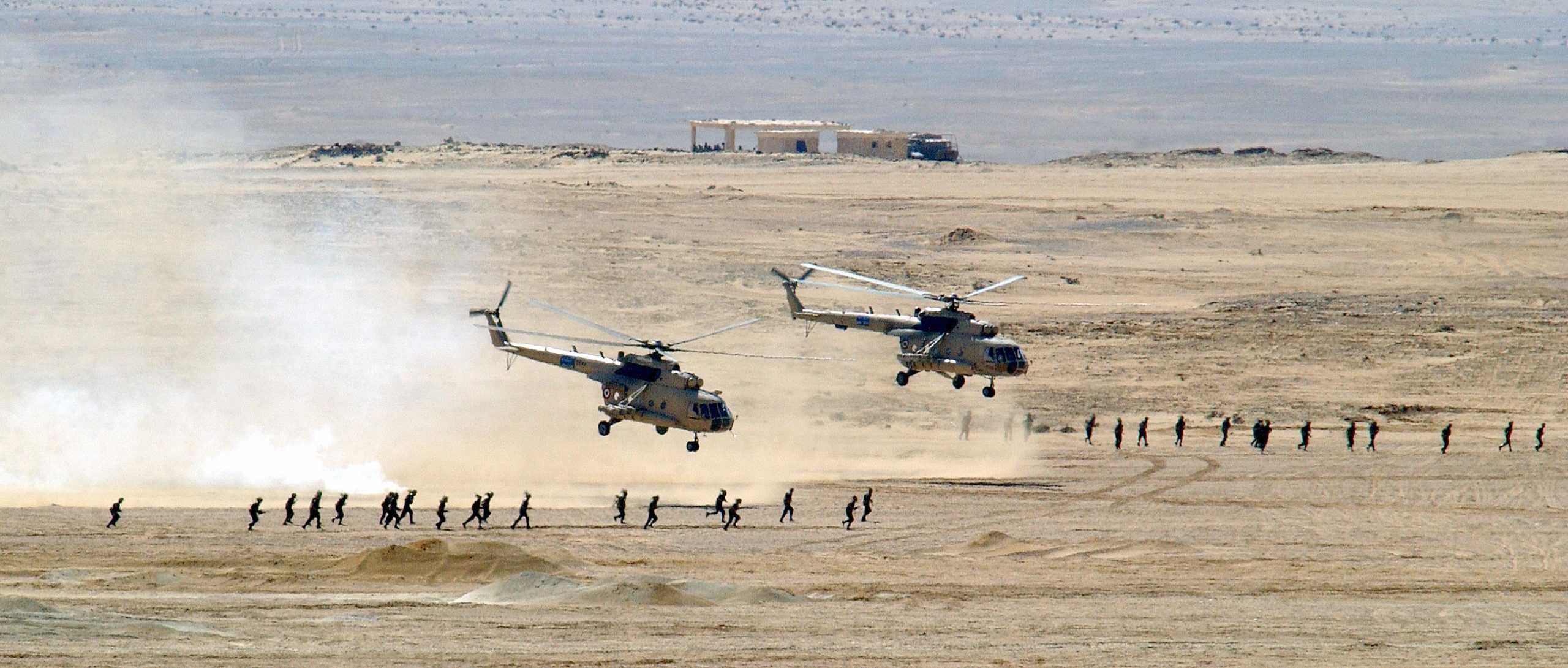
Published:

24/7 Wall St. Insights:
Egypt is home to one of the strongest attack helicopter fleets in the world, much less in Africa by far. This should come as no surprise as Egypt controls the strongest military on the continent as well. Owning attack helicopters and having a strong military force goes hand in hand–why so many of the world’s most powerful armies have substantial attack helicopter forces. (Why Egypt ranks as the strongest military force in Africa.)
At the heart of Egypt’s attack helicopter force is the American-made AH-64 Apache, as well as the Russian-made Mi-8 Hip and Ka-52 Alligator. Egypt has a blend of Eastern and Western aircraft that make its military especially formidable and versatile.
The AH-64 Apache is recognized the world over as one of the best attack helicopters with an impressive combat record. It comes standard with a 30mm chain gun, and it can equip a number of missiles including Hellfires and Sidewinders. These helicopters can also be outfitted with rocket pods. (This country has over 800 Apache attack helicopters.)
The Ka-52 Alligator is one of the newest additions to Egypt’s force, as it was only introduced to service in 2010. These come standard with a 30mm automatic cannon and can equip a series of air-to-surface and anti-tank missiles, as well as rocket pods and cannon pods.
Although these helicopters come from different and rival origins, they work effectively together within Egypt’s Armed Forces. This blend of East and West also helps to balance Egypt’s fleet and allows for greater operational flexibility when supporting ground troops or engaging in anti-armor missions. (44 years of service and this helicopter still has a back order list of nearly 1,000.)
While Egypt stands at the top of the heap in terms of attack helicopters and military strength in general, that is not to say its neighbors are weak by any means. Other North African nations have formidable fleets of helicopters as well, and 24/7 is taking a look at which African nations have the largest attack helicopter forces.
To determine the African countries with the most attack helicopters, 24/7 Wall St. reviewed the 2024 military strength report from Global Firepower, an annually updated defense-related statistics website with information on 145 countries. We ranked these countries according to which countries have the most attack helicopters. We included supplemental information regarding each country’s current air force and overall military strength ranking. We excluded any nations that did not have any attack helicopters.
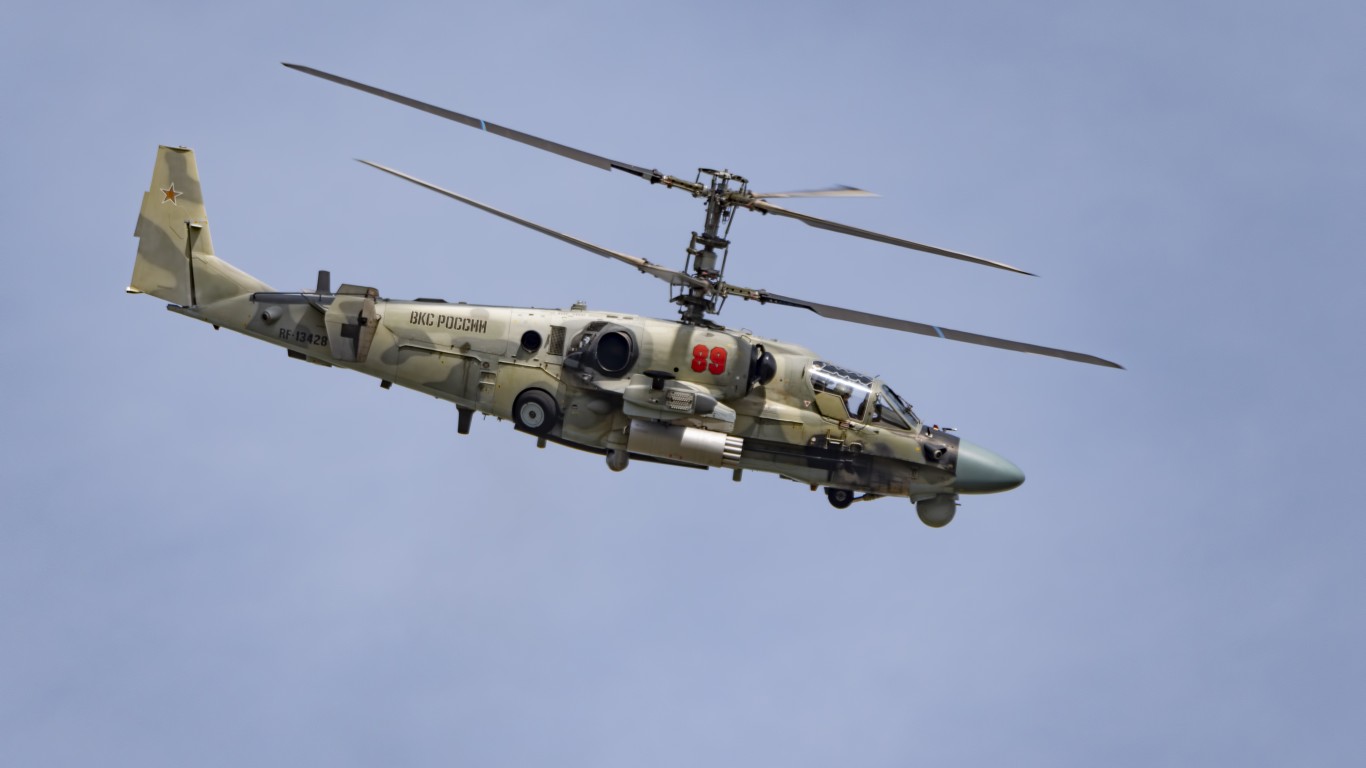
Understanding the military dynamics of Africa is important due to the continent’s strategic geopolitical significance. The continent is known for some instability, and military power is one way of ensuring stability both political and economical. Many of these African nations are growing rapidly and the continued stability of this region is crucial.
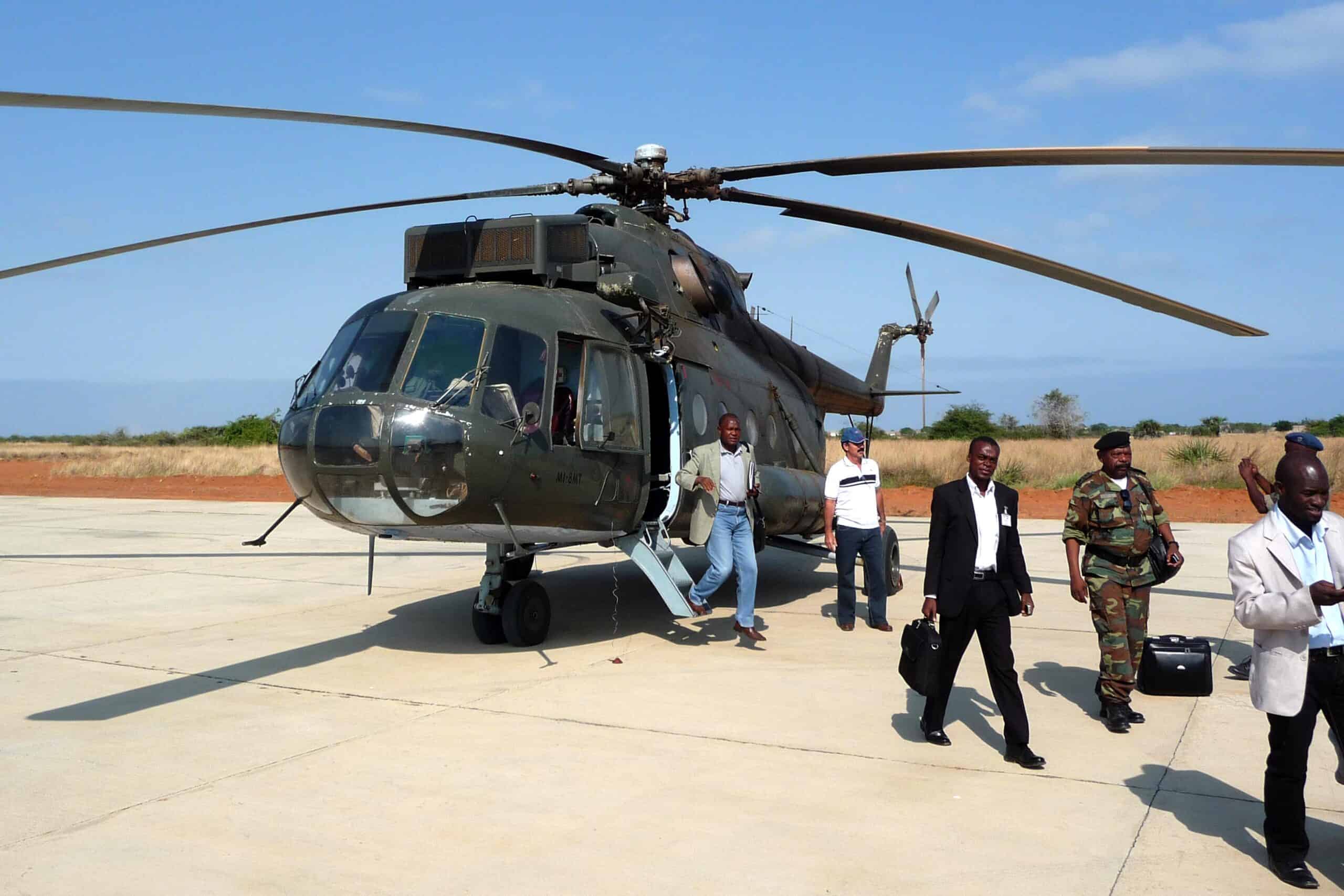
Outside of these attack helicopters, the Republic of the Congo has 519 military vehicles (including 32 tanks, 37 artillery units, and 72 MLRS units). The Republic of the Congo has 8,500 active-duty personnel out of a total population of 5.7 million.

Outside of these attack helicopters, Niger has 912 military vehicles. Niger has 25,000 active-duty personnel out of a total population of 25.4 million.

Outside of these attack helicopters, Ivory Coast has 476 military vehicles (including 10 tanks, 4 artillery units, and 6 MLRS units). Ivory Coast has 22,000 active-duty personnel out of a total population of 29.3 million.
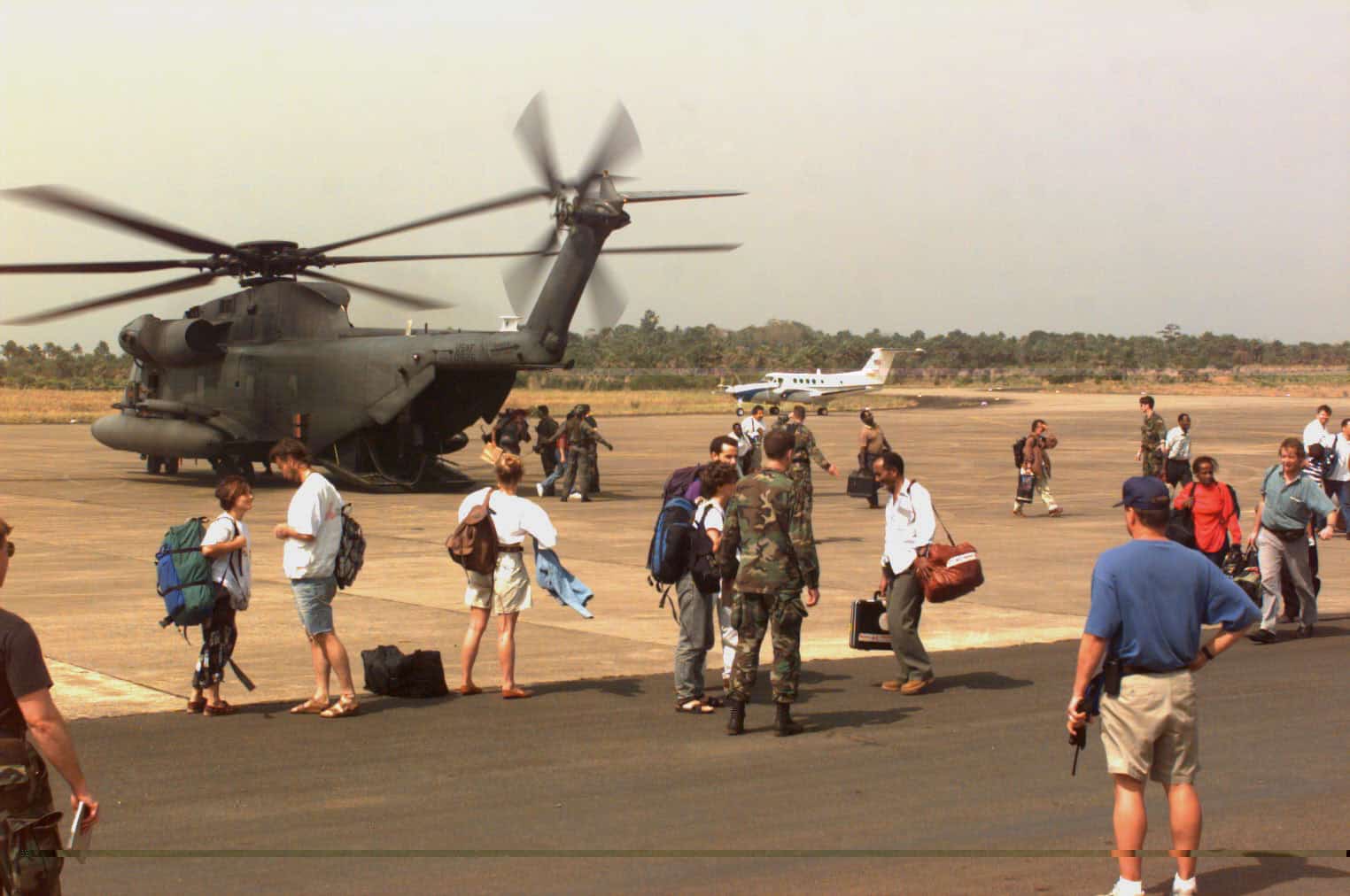
Outside of these attack helicopters, Sierra Leone has 100 military vehicles. Sierra Leone has 13,000 active-duty personnel out of a total population of 8,908,040 million.
Outside of these attack helicopters, Burkina Faso has 1,112 military vehicles (including 12 artillery units and 5 MLRS units). Burkina Faso has 12,000 active-duty personnel out of a total population of 22.5 million.
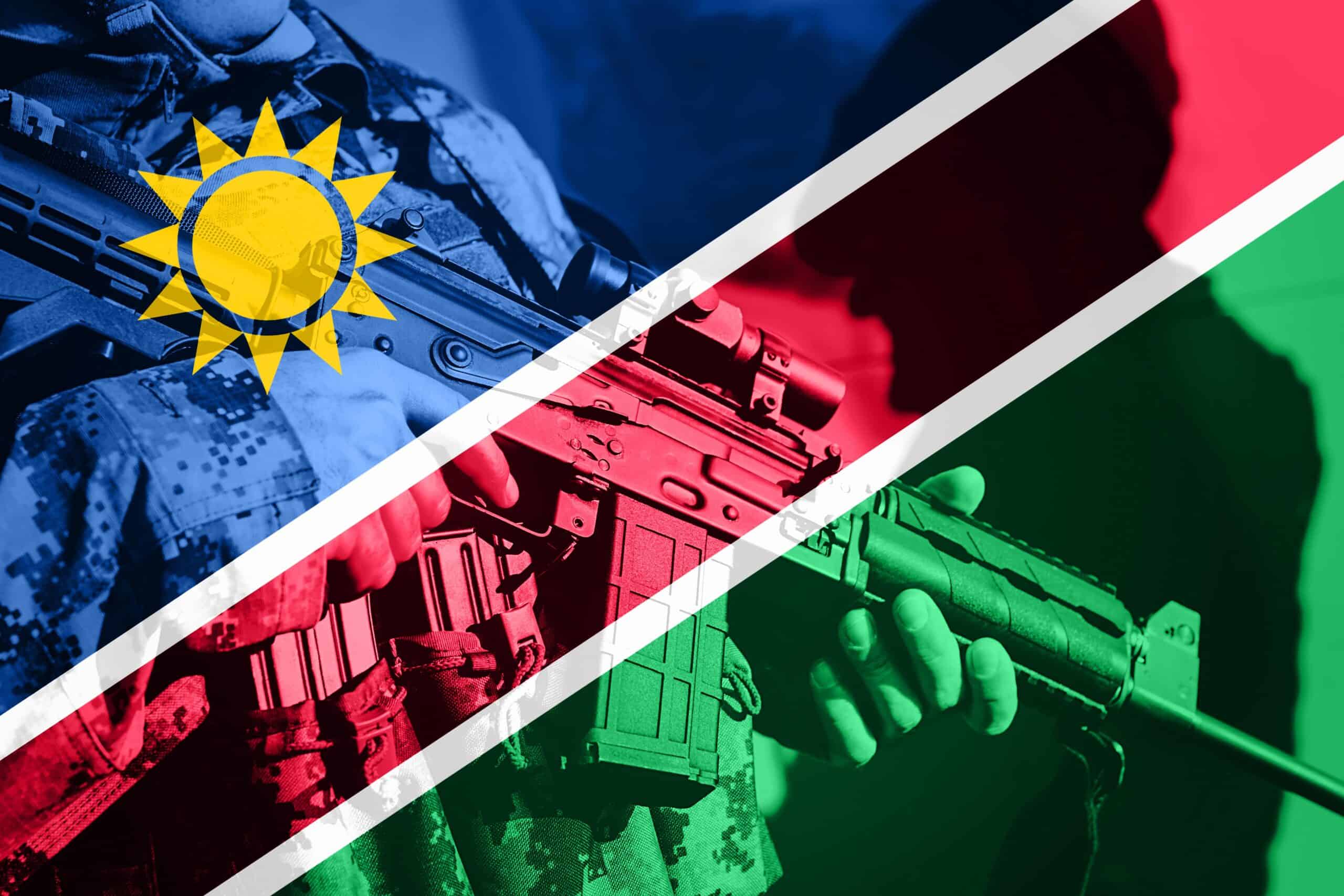
Outside of these attack helicopters, Namibia has 2,674 military vehicles (including 7 tanks, 50 artillery units, and 7 MLRS units). Namibia has 13,000 active-duty personnel out of a total population of 2.8 million.
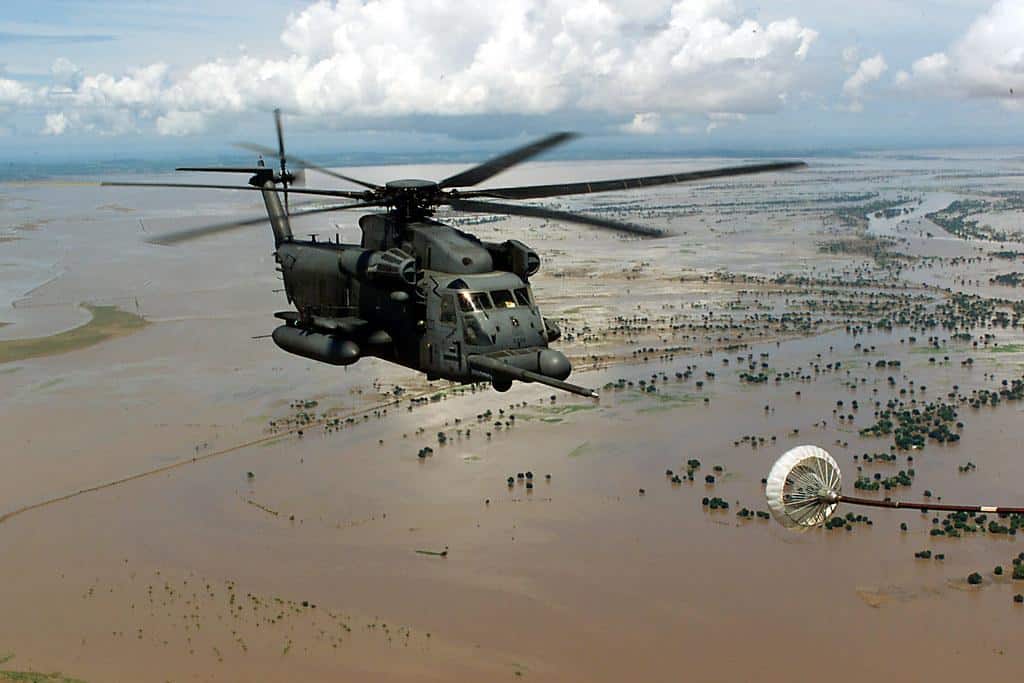
Outside of these attack helicopters, Mozambique has 872 military vehicles (including 60 tanks, 104 artillery units, and 12 MLRS units). Mozambique has 11,200 active-duty personnel out of a total population of 32.5 million.
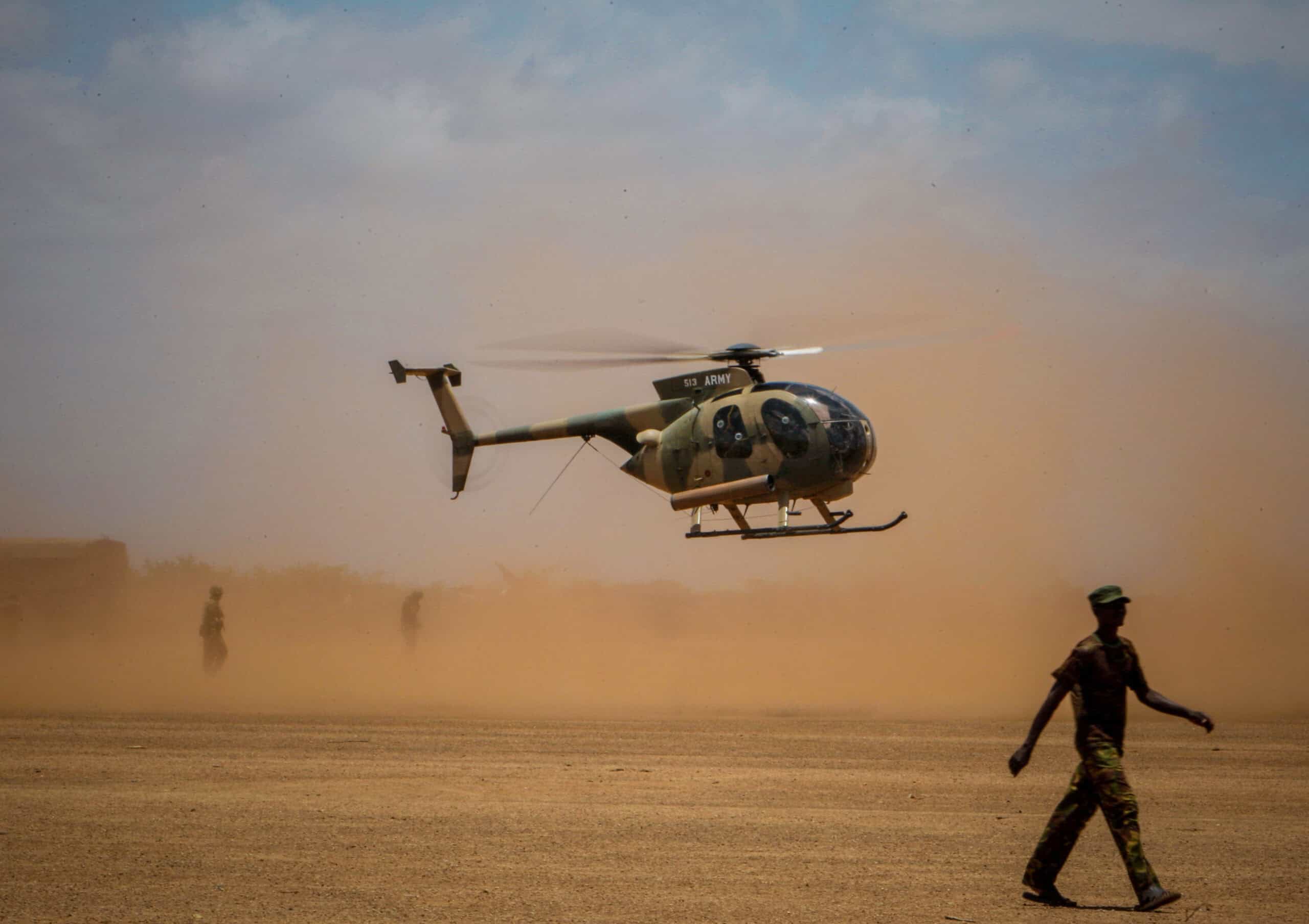
Outside of these attack helicopters, Kenya has 4,856 military vehicles (including 188 tanks and 71 artillery units). Kenya has 50,000 active-duty personnel out of a total population of 57.1 million.
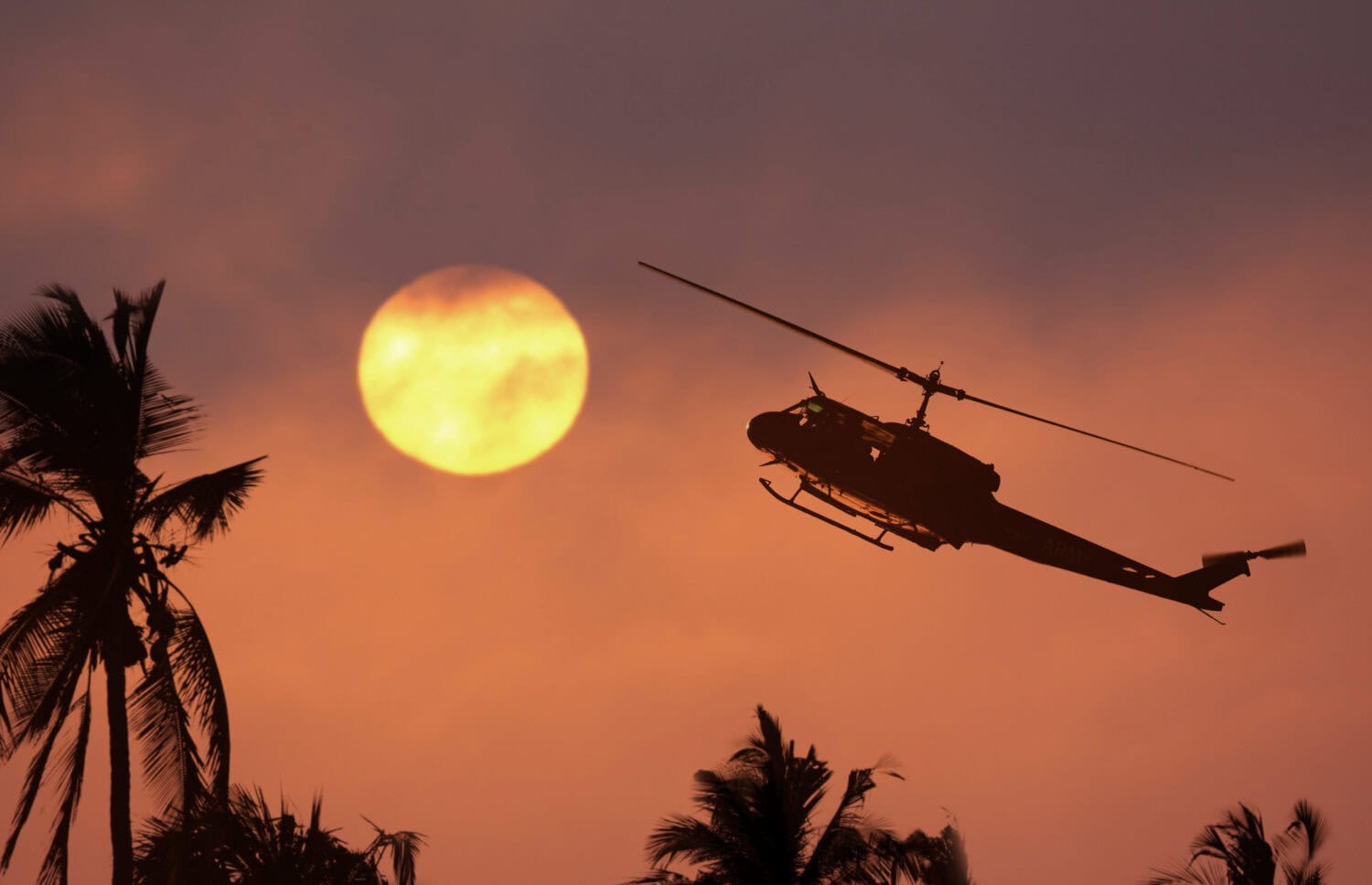
Outside of these attack helicopters, Chad has 1,568 military vehicles (including 90 tanks, 25 artillery units, and 21 MLRS units). Chad has 33,250 active-duty personnel out of a total population of 18.5 million.
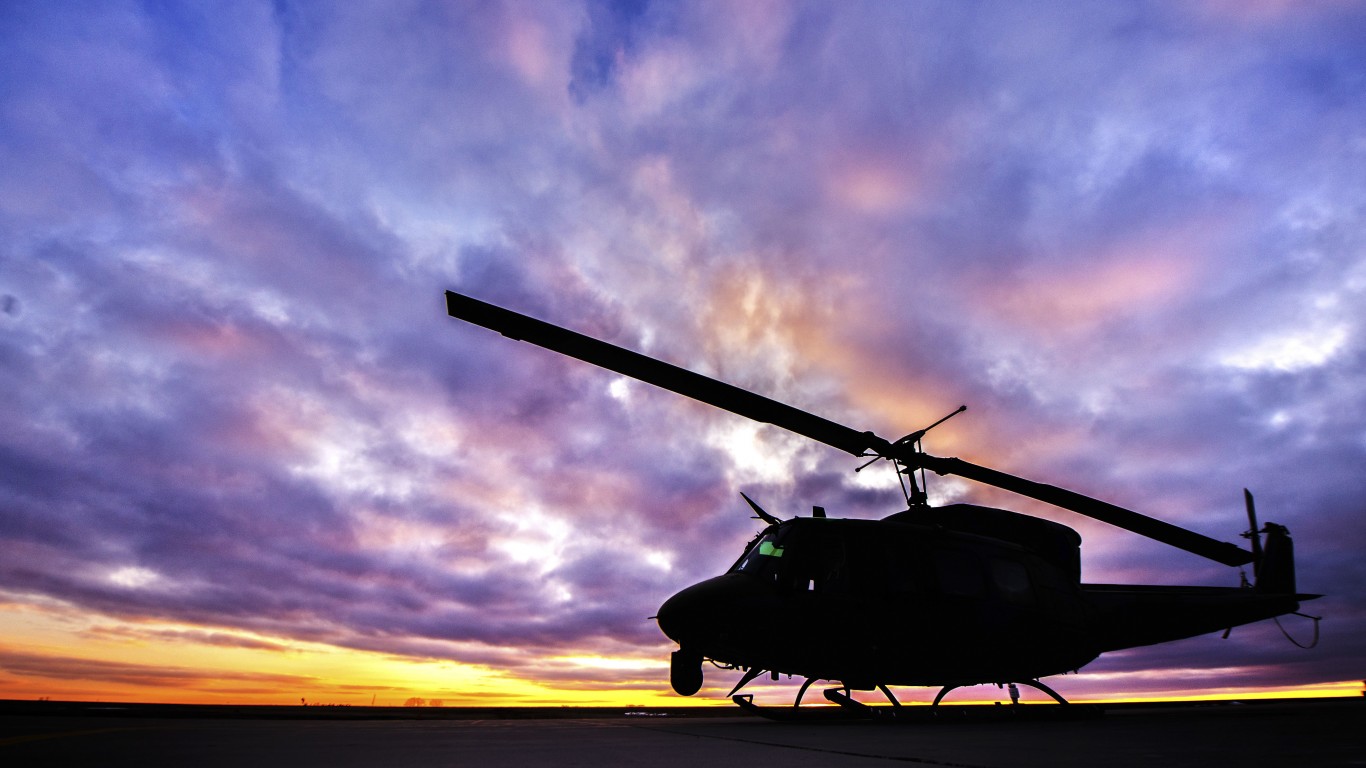
Outside of these attack helicopters, Senegal has 1,104 military vehicles (including 20 artillery units and 6 MLRS units). Senegal has 17,000 active-duty personnel out of a total population of 18.4 million.
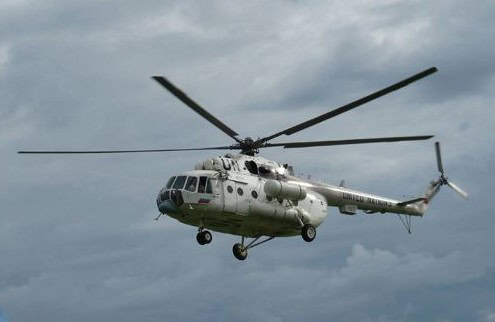
Outside of these attack helicopters, South Sudan has 1,920 military vehicles (including 55 tanks, 20 artillery units, and 10 MLRS units). South Sudan has 185,000 active-duty personnel out of a total population of 12.1 million.
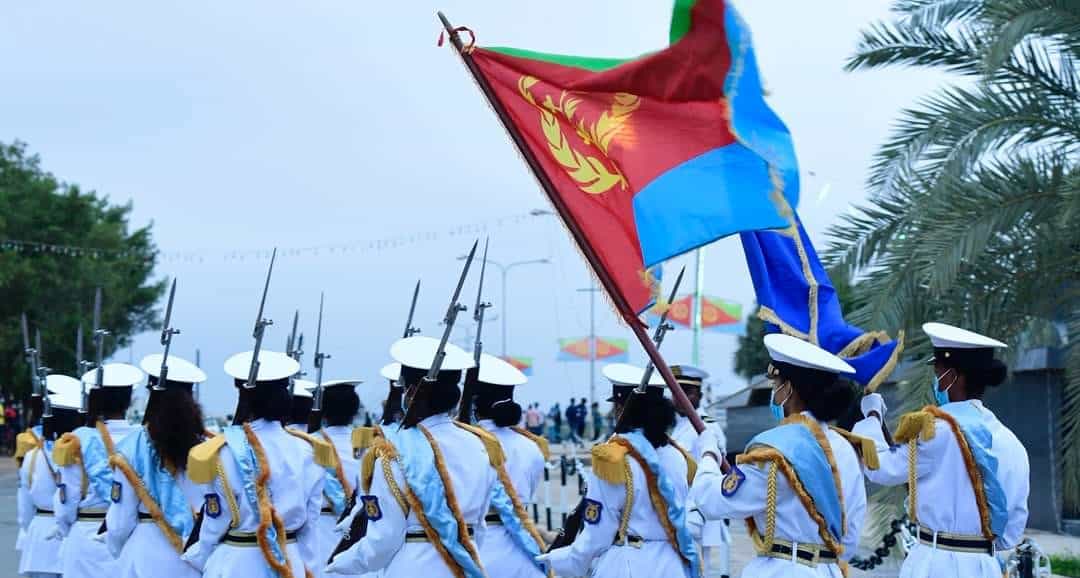
Outside of these attack helicopters, Eritrea has 3,512 military vehicles (including 1,756 tanks, 210 artillery units, and 219 MLRS units). Eritrea has 120,000 active-duty personnel out of a total population of 6.3 million.
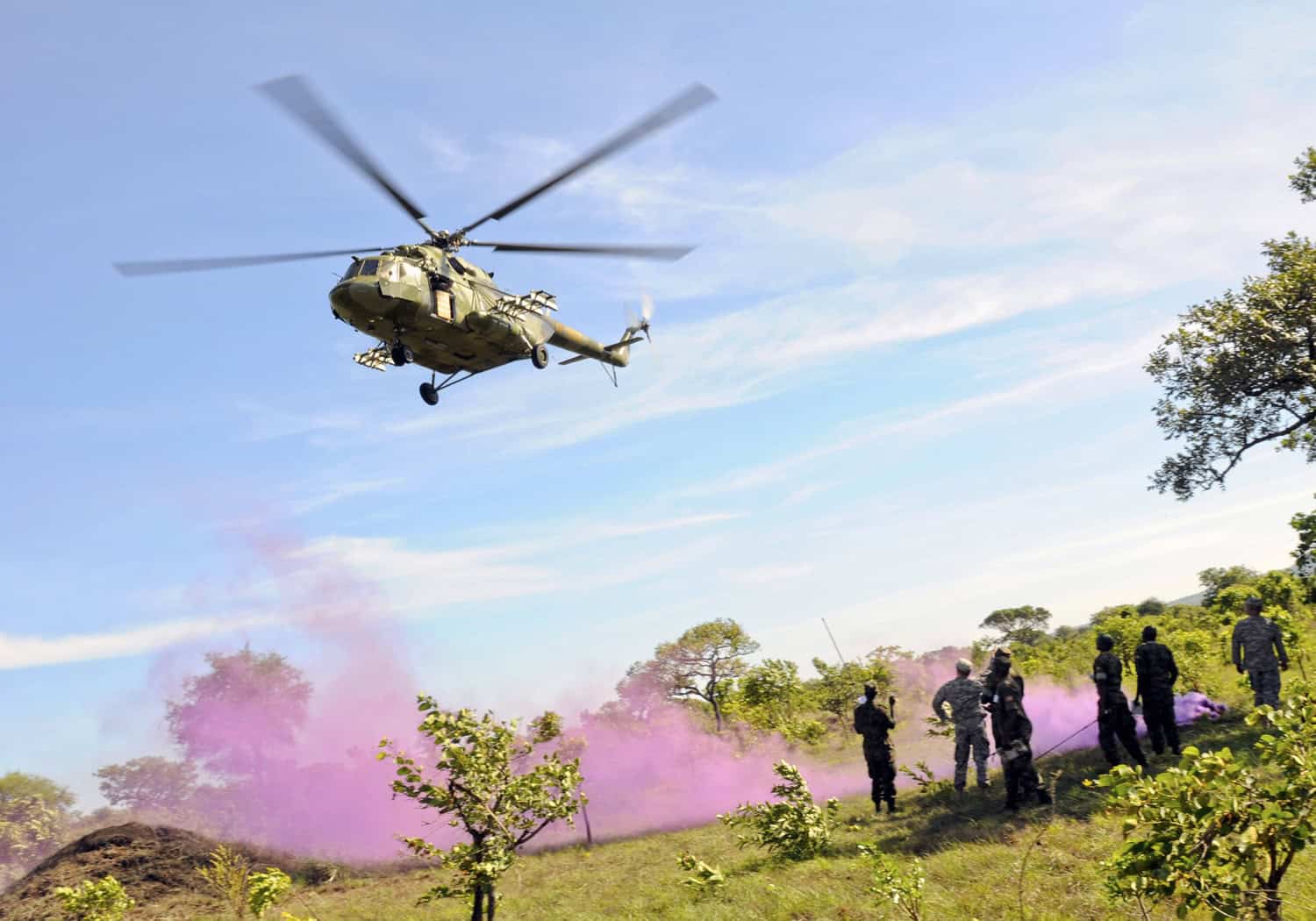
Outside of these attack helicopters, Uganda has 3,162 military vehicles (including 130 tanks, 32 artillery units, and 12 MLRS units). Uganda has 45,000 active-duty personnel out of a total population of 47.7 million.
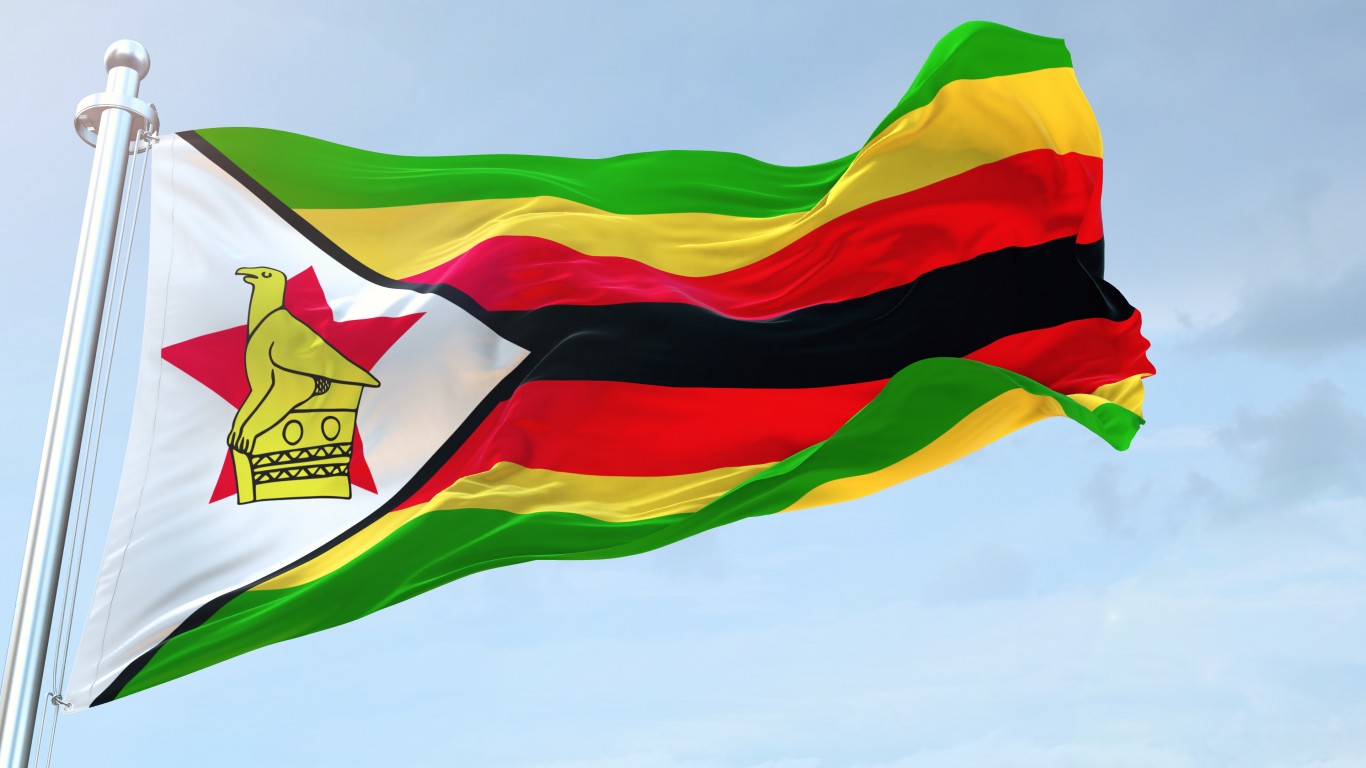
Outside of these attack helicopters, Zimbabwe has 2,412 military vehicles (including 20 tanks). Zimbabwe has 29,000 active-duty personnel out of a total population of 15.4 million.
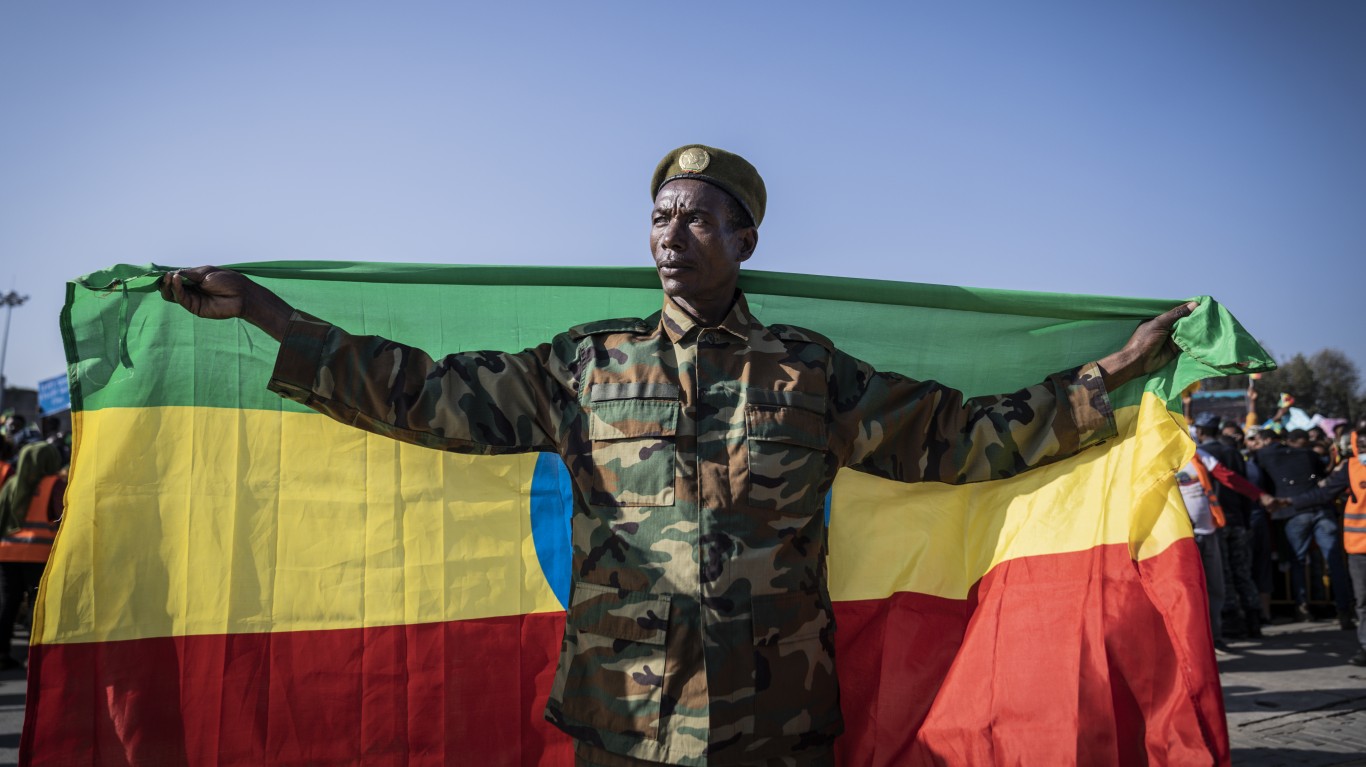
Outside of these attack helicopters, Ethiopia has 10,028 military vehicles (including 680 tanks, 713 artillery units, and 79 MLRS units). Ethiopia has 162,000 active-duty personnel out of a total population of 116.5 million.
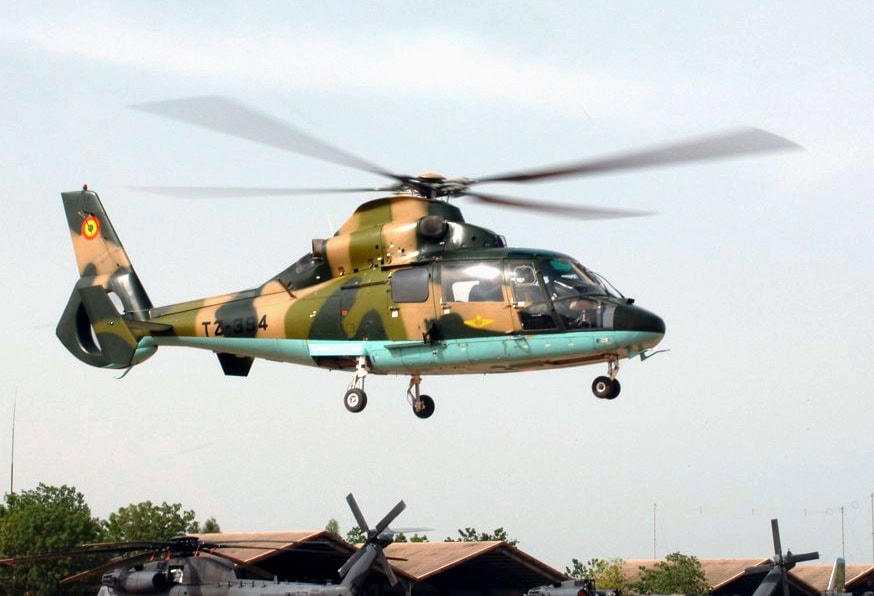
Outside of these attack helicopters, Mali has 647 military vehicles (including 20 tanks, 10 artillery units, and 25 MLRS units). Mali has 40,000 active-duty personnel out of a total population of 21.4 million.
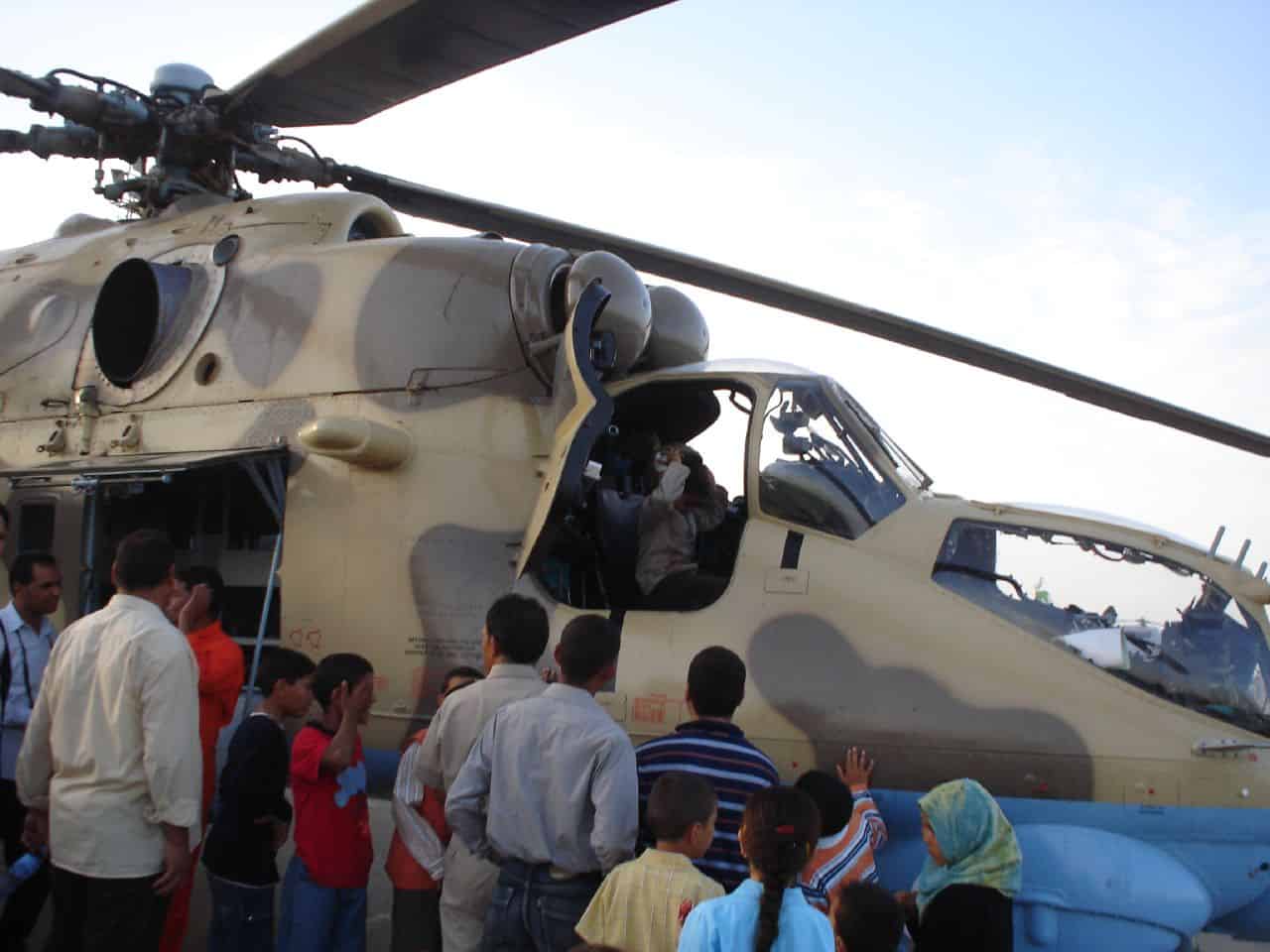
Outside of these attack helicopters, Libya has 2,890 military vehicles (including 300 tanks, 75 artillery units, and 55 MLRS units). Libya has 32,000 active-duty personnel out of a total population of 7.3 million.

Outside of these attack helicopters, Democratic Republic of Congo has 458 military vehicles (including 210 tanks, 135 artillery units, and 50 MLRS units). Democratic Republic of Congo has 166,580 active-duty personnel out of a total population of 111.9 million.
Outside of these attack helicopters, South Africa has 12,140 military vehicles (including 195 tanks, 153 artillery units, and 101 MLRS units). South Africa has 71,235 active-duty personnel out of a total population of 58.0 million.

Outside of these attack helicopters, Angola has 5,500 military vehicles (including 310 tanks, 580 artillery units, and 123 MLRS units). Angola has 107,000 active-duty personnel out of a total population of 36.0 million.
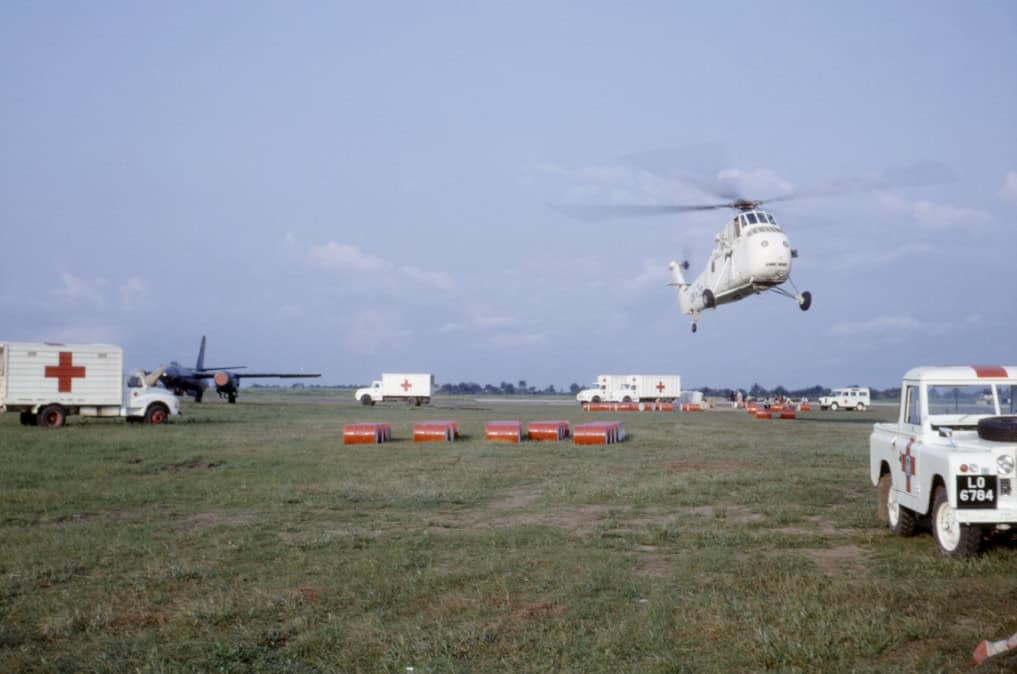
Outside of these attack helicopters, Nigeria has 6,404 military vehicles (including 343 tanks, 371 artillery units, and 37 MLRS units). Nigeria has 230,000 active-duty personnel out of a total population of 230.8 million.
Outside of these attack helicopters, Sudan has 3,648 military vehicles (including 233 tanks, 200 artillery units, and 343 MLRS units). Sudan has 92,000 active-duty personnel out of a total population of 49.2 million.
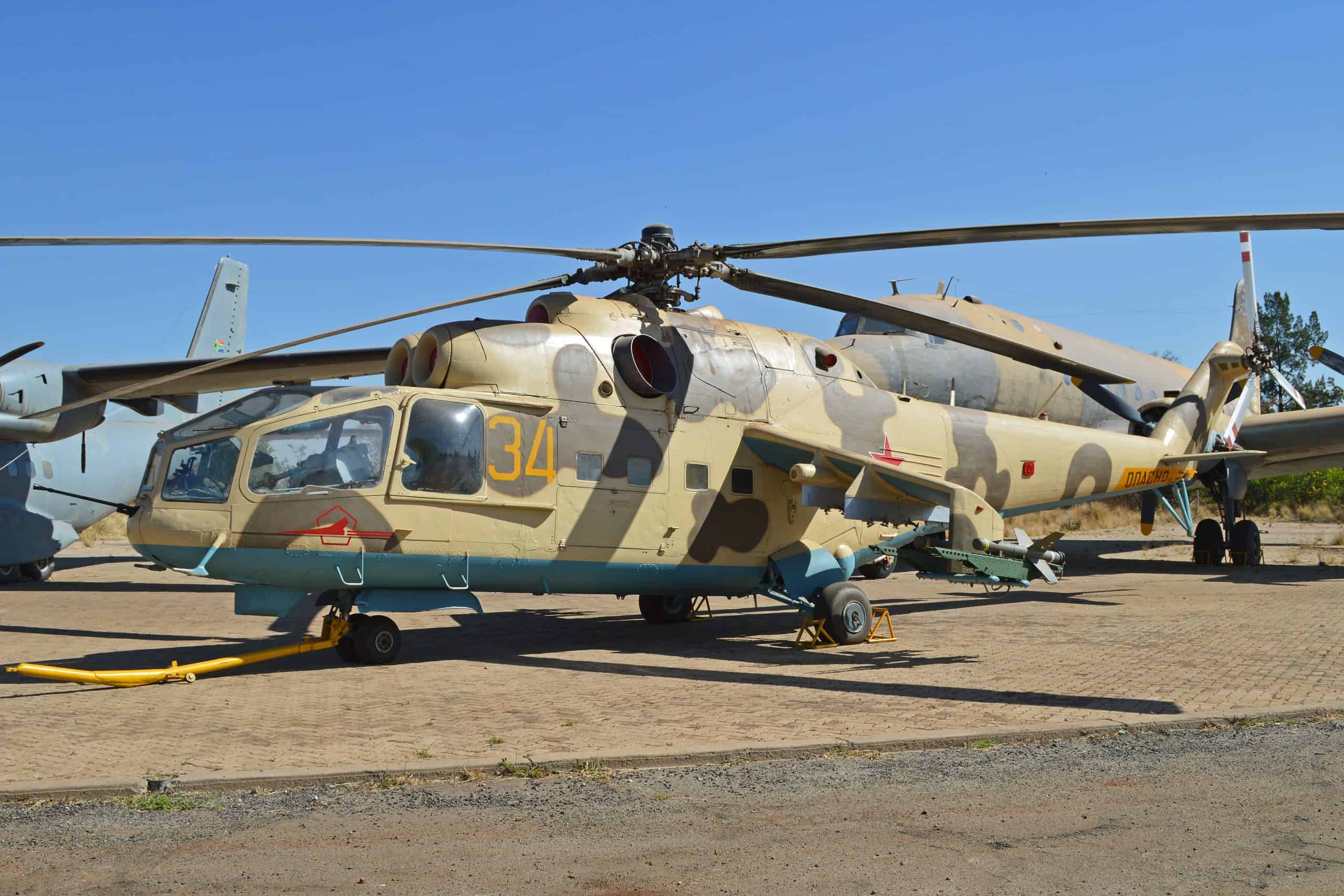
Outside of these attack helicopters, Algeria has 35,990 military vehicles (including 1,632 tanks, 707 artillery units, and 236 MLRS units). Algeria has 325,000 active-duty personnel out of a total population of 44.8 million.
![Egypt+helicopter | Kamov Ka-52K [unmarked – c/n 35382001001]](https://a673b.bigscoots-temp.com/wp-content/uploads/2024/05/imageForEntry20-KXa-scaled.jpg)
Outside of these attack helicopters, Egypt has 77,596 military vehicles (including 5,340 tanks, 3,046 artillery units, and 1,119 MLRS units). Egypt has 440,000 active-duty personnel out of a total population of 109.5 million.
Retirement can be daunting, but it doesn’t need to be.
Imagine having an expert in your corner to help you with your financial goals. Someone to help you determine if you’re ahead, behind, or right on track. With SmartAsset, that’s not just a dream—it’s reality. This free tool connects you with pre-screened financial advisors who work in your best interests. It’s quick, it’s easy, so take the leap today and start planning smarter!
Don’t waste another minute; get started right here and help your retirement dreams become a retirement reality.
Thank you for reading! Have some feedback for us?
Contact the 24/7 Wall St. editorial team.